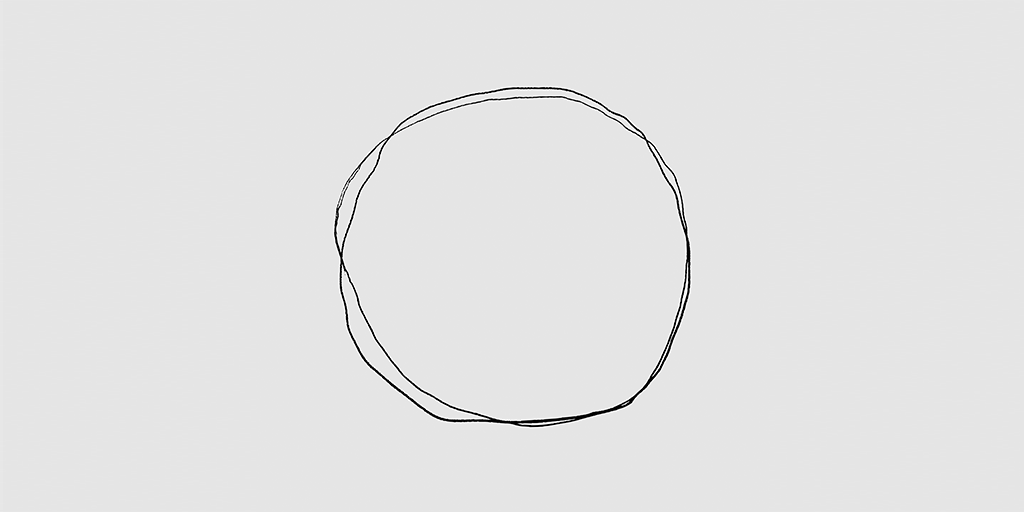Context of Turn down
When a particle is in a quantum superposition of two states, it occupies both distinct states at the same time. The most famous example is Schrödinger’s cat, in which a theoretical cat in a box is both dead and alive until you open the box to see.
For this experiment, Matteo Fadel at ETH Zürich in Switzerland and his colleagues vibrated a tiny sapphire crystal. They used a superconducting quantum bit, or qubit, to precisely control the crystal’s quantum state. That enabled them to place it in a superposition of two states of motion: vibrating and still.
This is different from a state where the crystal is just vibrating a little bit. Fadel thinks of it like a lamp with a dimmer sending out particles of light, or photons. “You can turn down the luminosity, making it fainter and fainter, and eventually you get to the point where your bulb is either sending out one photon or not sending it – there is no half a particle,” he says. “There’s no such thing as half a vibration here.” Over a few tens of microseconds, the superposition decayed, leaving the crystal still.
–New Scientist


